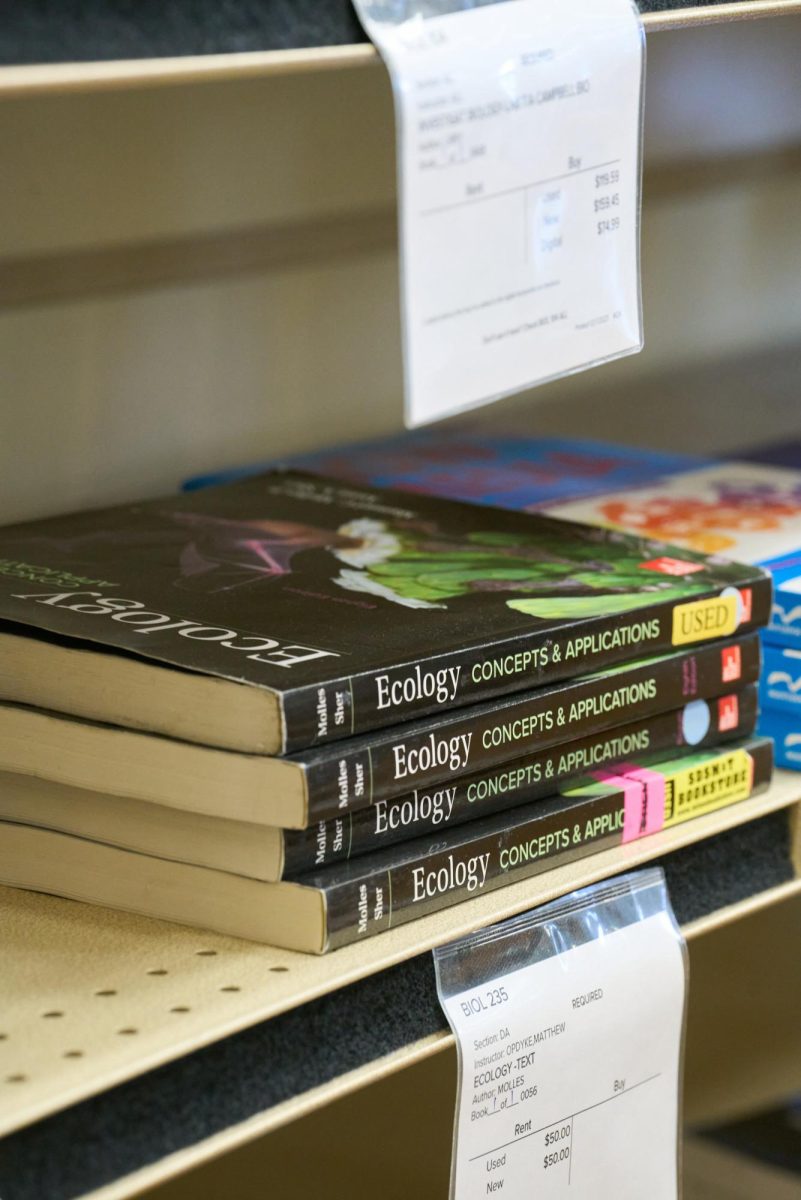Little time has passed since textbooks were last mentioned in this section. If you have forgotten or did not read this section of the February 14th edition, the topic at hand was that assigning textbooks which are hardly used is silly and wasteful. In that piece, the textbooks themselves were not at the center of attention. This is because they sometimes can provide useful information for the classes they are paired up with, making your studies not as dreadful.
The word “sometimes” is very intentional here, as textbooks can also instead act as a barrier between a student and their enjoyment as well as their understanding of materials for a class.
One student may enjoy being able to learn via reading the content provided by the authors of the textbook, while another student may instead prefer to seek out sources on their own. Both students have valid studying methods, but sometimes it does seem as though only referencing a textbook and nothing else seems to be a test of a student’s memory and not so much their understanding of a concept.
That is exactly why content for our classes tends to be distributed via canvas with both interactive assignments that allow students to test their knowledge as well as assignments that students must guide themselves to do the research and complete. That can be tough at times, but it is much better than only being able to turn to a page in a bulky textbook and hope for the best.
With the news about the bookstore no longer carrying traditional textbooks as most do, this felt like an appropriate time to review the usefulness of buying and using these behemoth books. Textbooks have been covered several times here already, both in this section as well as a news story covering students and professor’s thoughts on their usefulness.
However, that was in 2017, and the bookstore still sold textbooks. Since that will soon no longer be the case, the lack of physical books in the space that has “book” in the name seems not only odd, but also may speed up our decreased usage of textbooks.
There is one important distinction to be made here, which is that having to read content for your classes will likely be a required part of your studies until you graduate. That won’t change in the far future either, rather, where students get said content from is already changing.
We have professors here that are kind enough to either curate materials entirely on their own for us to have tailor-made content for the class, or to use Creative Commons materials – meaning free and open distribution with attribution – within their teaching. Not having to spend hundreds of dollars every semester when plenty of us do not have wads of cash to throw away is a huge plus on its own. Plus, if it is imperative that you have a textbook for a class, getting an electronic version is simpler, smarter, and cheaper anyway.
Let’s say you are a student who demands physical media over digital, not bowing down to the trends of today. If owning a tangible object is important to you, then you will have to spend slightly more, but you can still save money by opting into the bookstore’s “subscription plan” for textbooks. That way, you’re still getting the materials you may or may need find useful, without having to spend close to $100 per book. The best choice to make is to buy materials used, along with an edition or two older than what the professor was. They will likely tell you otherwise, but the content is largely unchanged per edition. With the rise of alternative learning materials, students will not have to worry about getting the right edition of a textbook, rushing to buy goods during syllabus week, or buying any expensive books that serve better as a doorstop..
For us, the textbook might be retiring. Perhaps it can have its’ retirement party, while students move on to more efficient ways of learning outside the classroom.




